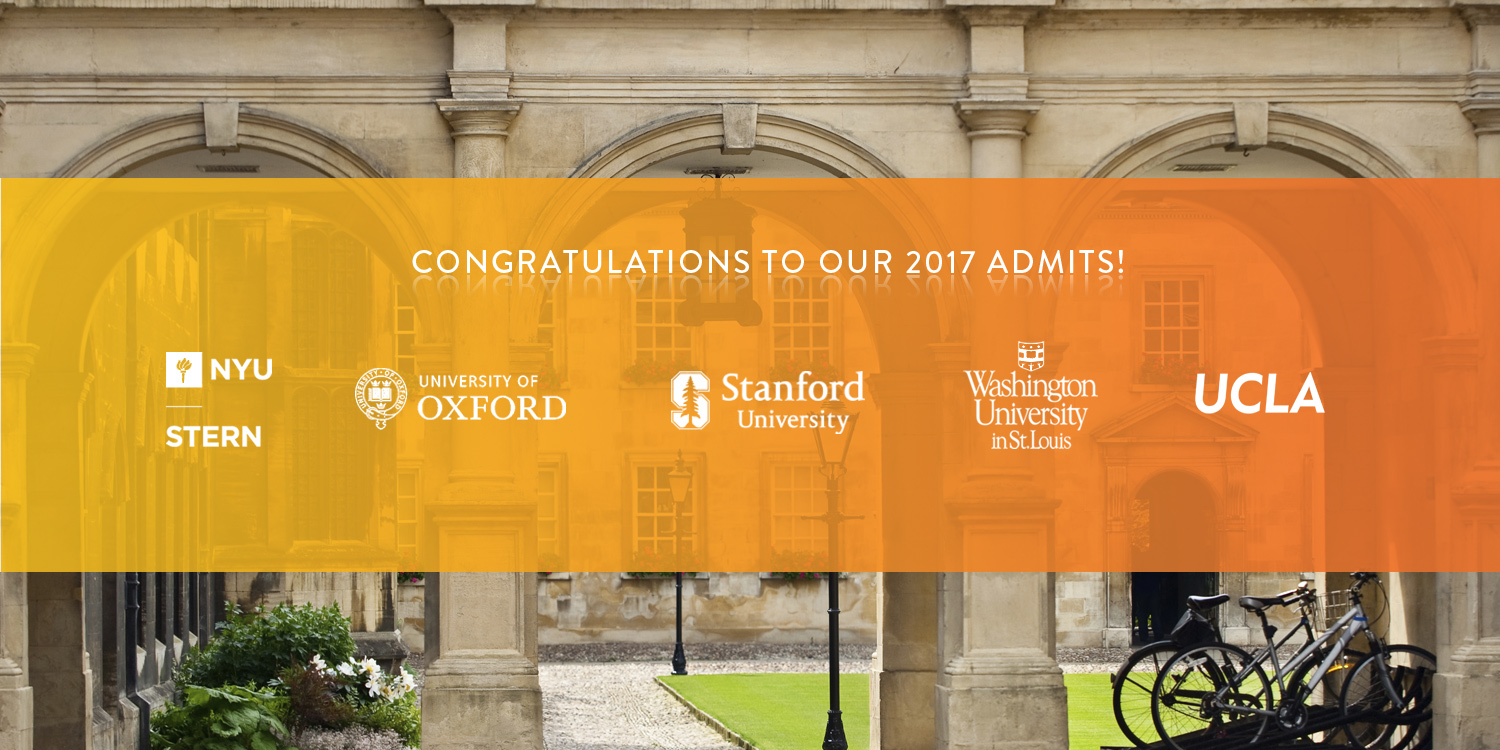It’s easy for students and their families to decide on a college list based solely on how a particular school or department was ranked by an outside agency. Though rankings have some value, they aren’t predictive of your experience at the school—you will NOT necessarily have more success or a better time at a higher ranked school as opposed to a lower ranked school. In fact, the best school for your situation may be a less competitive college where you might really thrive. Here are some suggestions we have for you when thinking about developing a strategic college list.
Create a Segmented List—Though none of the students we’ve advised have ever experienced this nightmare scenario, I’ve met a couple students who did not get into a single school to which they applied! In one case, a girl applied to all “reach” schools except for one “target” school. Unfortunately, she severely underestimated her “target” school. The year in which she applied, the school changed their admissions policy and ended up admitting far fewer students from her high school than they had in previous years. When thinking about your college list, we advise students to apply to three tiers of schools:
Safety Schools—These are schools that you have a 75% chance (or higher) of getting into. If you look at the school’s standardized test scores and average GPA of admitted students, you should be in the 75th to 99th percentile of students that they admit. You should apply to at least two safety schools.
Target Schools—These are schools that you have a roughly 50% chance of getting into. If you look at the standardized test scores and GPA of admitted students, you should be in upper 50% of students they admit. For most of our students, this is the sweet spot—you should be building your list around your target schools.
Reach or Dream Schools—These are schools that you have a less than 25% chance of getting into. If a school has an overall admissions rate of under 15%, the school represents a reach school for any student, no matter your grades, scores, or activities. Apply to as many reach schools as your family decides on, but remember that each additional application will likely require more supplemental essays.
Consider Fit—Several years ago, a student from a rural area was accepted to a number of top-20 universities and liberal arts colleges. Because I had worked with him for many months, I knew that he wouldn’t enjoy life as an engineering major at Berkeley, a large, public university in California. Instead, I advised him to attend a small, prestigious liberal arts college in a small town on the East Coast. However, he went against our advice and enrolled at Berkeley. After his first semester, he was back…asking for help for transfer applications. No matter how highly ranked a particular college, if the school is not the right fit, you will not succeed academically or socially.
Here are some questions to ponder as you think about your best fit:
Are you a big school person or a small school person? When I was applying to college, I knew that I would not enjoy being one of 35,000+ students. I turned down a scholarship to a large university to go to a school of only 1600 students, and I never regretted my decision. Though I didn’t get to cheer on a winning football team, I conducted research with several professors, took a class with only six other students, led a student club, and had dinner with my faculty advisor in his home.
Where in the U.S. do you want to live? Are you more comfortable in a city? The suburbs? In a rural area? Remember that your college experience extends beyond the academic program. It will (hopefully) become your home away from home for the next four years of your life.
What kind of academic program are you looking for? Are you looking for a program that will prepare you for a certain career or professional school (e.g., pharmacy school)? Are you interested in continuing on in academia? University of Chicago and Northwestern University are two schools that look very similar on paper—both medium-sized, top-20 universities located in the Chicago metropolitan area. They nevertheless exude a different “feel” and campus culture. Northwestern has a far more pre-professional orientation while University of Chicago is all about developing the life of the mind.
What kind of campus culture appeals to you? Some schools are known to be more competitive, others are more collaborative; some have a strong Greek system, some have a theatre program; some emphasize undergraduate research while others emphasize co-op experiences.
Campus visits are one way to experience a school and to see if a college fits you well (more on this topic in a future blog post), but there are other ways to determine if a particular school would work for your needs. This recent article in the New York Times recommends that you skip the college tour and talk with current students or recent alums of a particular college, reasoning that it’s more productive to talk with someone who represents your future self (at the school) than to hear about a college’s cafeteria and classes and to imagine yourself there. In our opinion, one of the best tools for discovering a good fit college would be to talk with several current students or recent alums of a school you’re interested in who also knows you well. With tuition increasing at rates far outstripping inflation and with a significant time commitment on your part in the application process and in the four years of earning your degree, creating a solid college list and choosing the right school for you is one of the most important decisions you will make
We have many more tips for students as they work on their college applications. Contact ILUMIN Education for more suggestions: info@ilumineducation.com OR (408) 479-4742.


